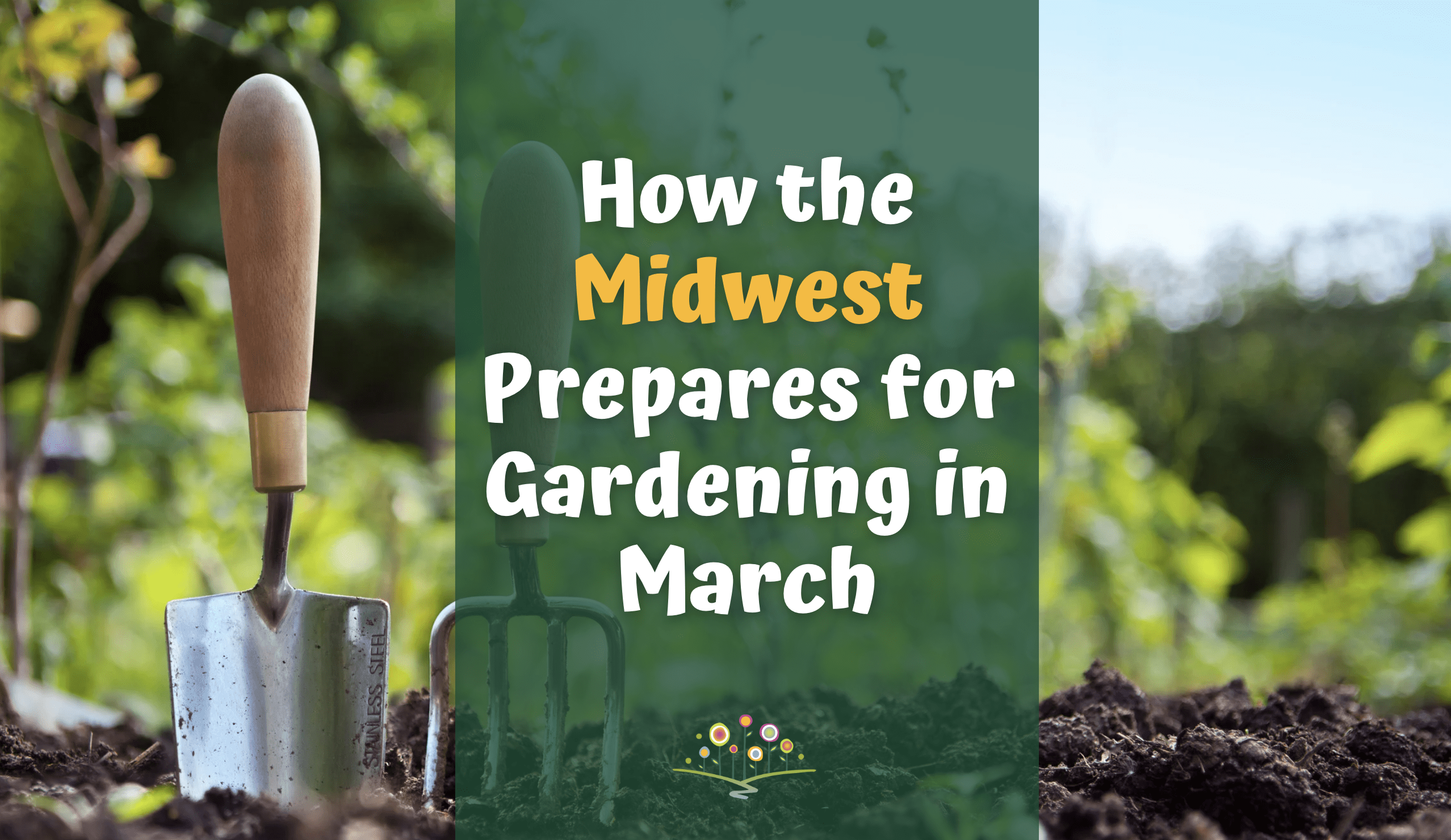
On February 2nd, Punxsutawney Phil saw his shadow and predicted another six weeks of winter. But March 20th marks the start of spring… and the start of gardening season!
Gardening in March can be challenging with unpredictable weather patterns and fluctuating temperatures. But, with proper preparation, you can ensure your garden is ready to flourish come spring. Here are some tips to get you started:
Make a Plan
Before preparing your garden, it’s essential to have a plan. Start by determining what plants you want to grow, where you’ll plant them, and the types of soil, compost, or mulch you need. You should also consider the amount of sun and shade each area of your garden receives so you can choose plants accordingly.
Clean Up Your Garden
Once your soil is sufficiently dried (meaning it doesn’t stick together when squeezed in your hand), clear your garden of dead leaves, debris, and old foliage to make way for new growth. This prevents the spread of disease and pests and gives you a fresh start for the growing season.
Prepare Your Soil
Soil preparation is crucial for a successful garden. Start by testing your soil’s type, pH levels, and nutrients to determine if amendments are necessary. Then, add compost and other organic materials to ensure optimal growing conditions.
Plant Hardy Crops
Once the ground is no longer frozen, start sowing hardy plants such as kale, lettuce, peas, potatoes, turnips, and spinach. These crops can withstand cooler temperatures, and planting them allows you to harvest them earlier in the season.
Prune Shrubs and Trees
Pruning shrubs and trees in March encourages healthy growth and prevents overgrowth when the weather gets warmer. Cut back any dead or damaged branches, and shape the plants to your desired form. (Note: This should only be done to non-spring-blooming plants so that you don’t remove developing flowers.)
Start Seeds Indoors
If you plan to start seeds indoors, now is the time. This gives them a head start on the growing season and allows you to enjoy an early harvest. Start with seeds that need a longer growing season, such as tomatoes and peppers.
Cover Your Garden
If your area experiences a frost warning after you’ve already started on your garden, protect your plants from freezing temperatures by covering them with frost blankets or burlap (especially overnight).
While it’s not yet “warm” outside, spring is on the horizon, and preparing your garden now will set you up for a successful season. If you need some tips or supplies, come visit us at the greenhouse!
To see what’s springing up around the greenhouse, sign up for our newsletter.



